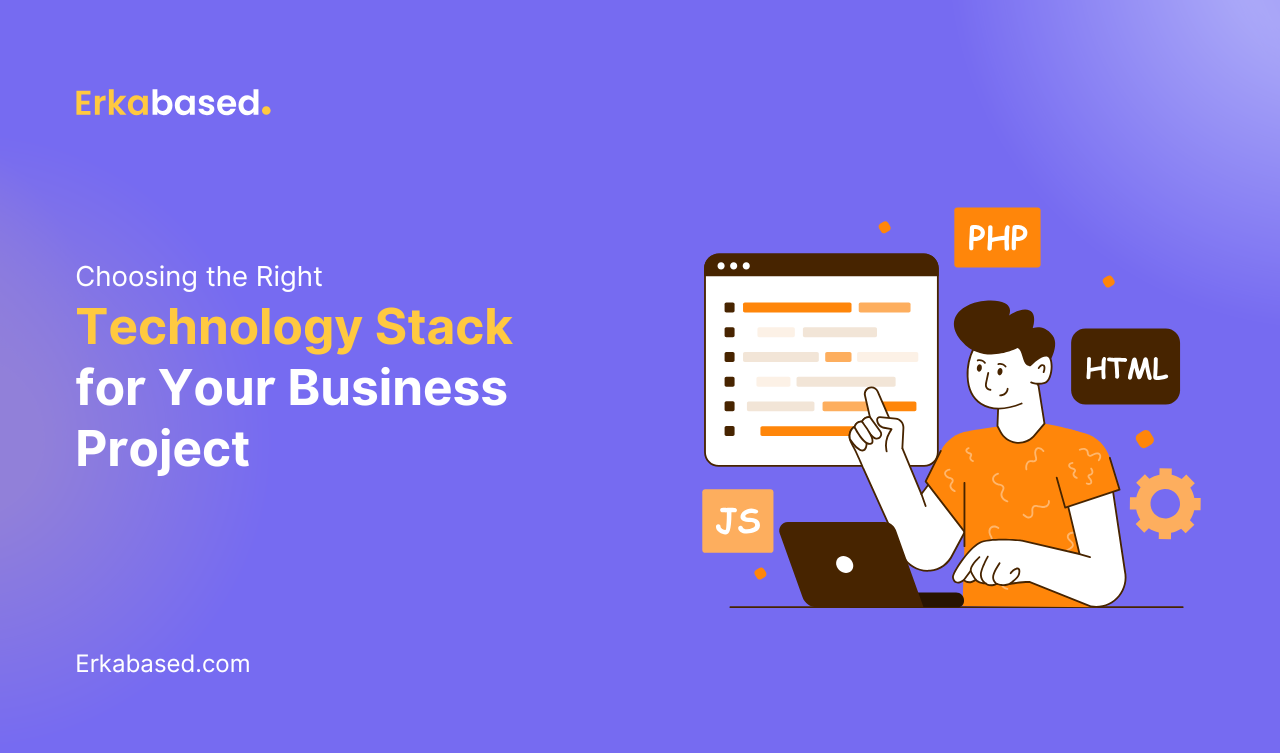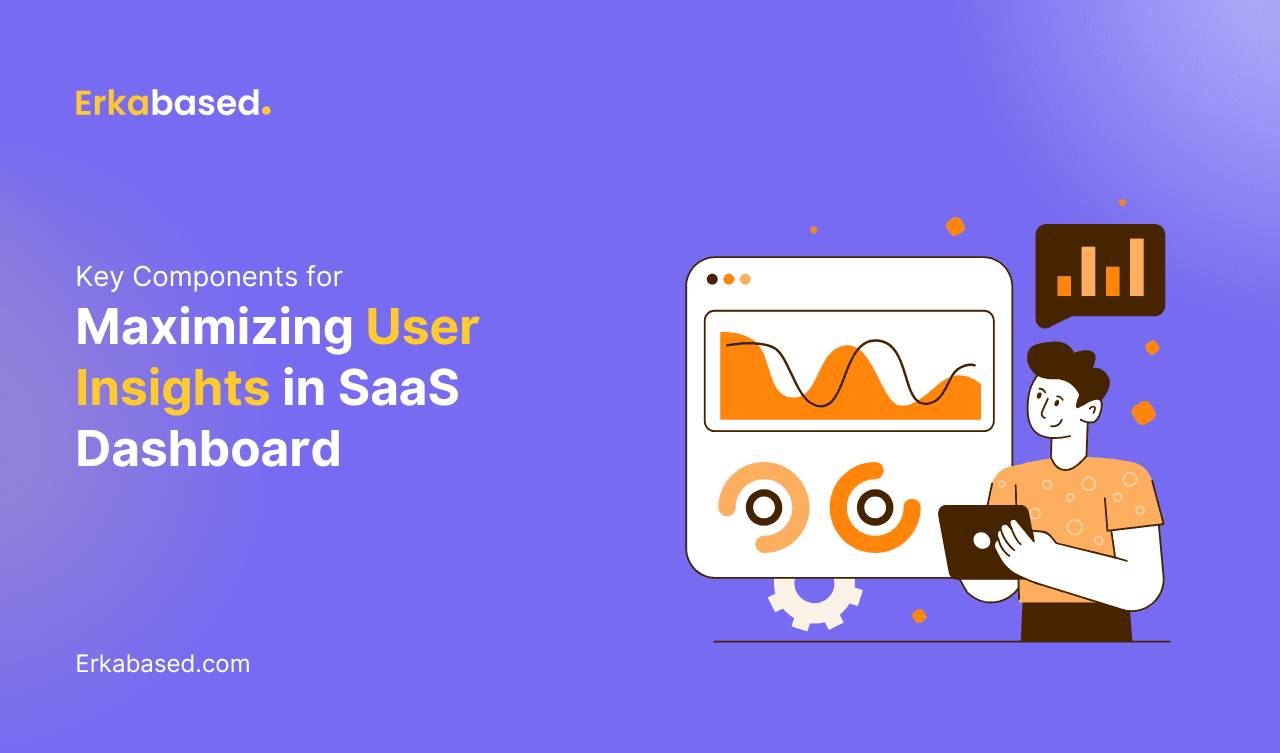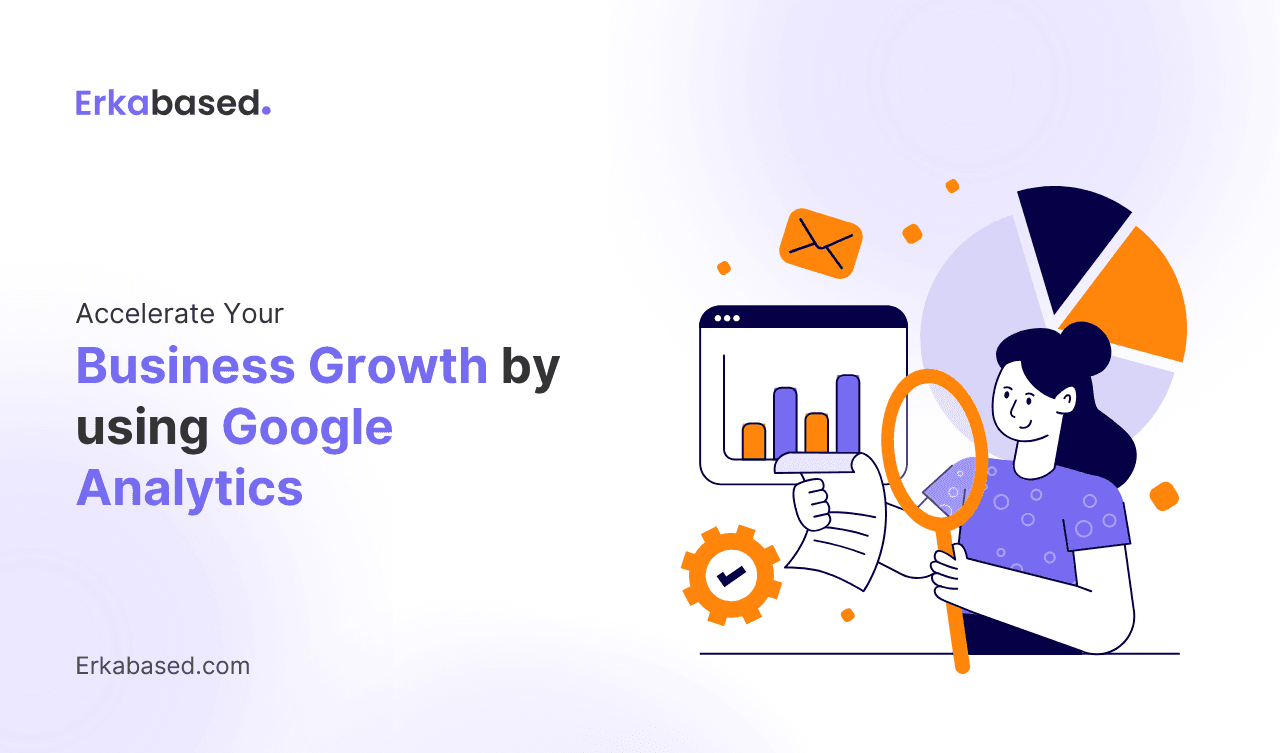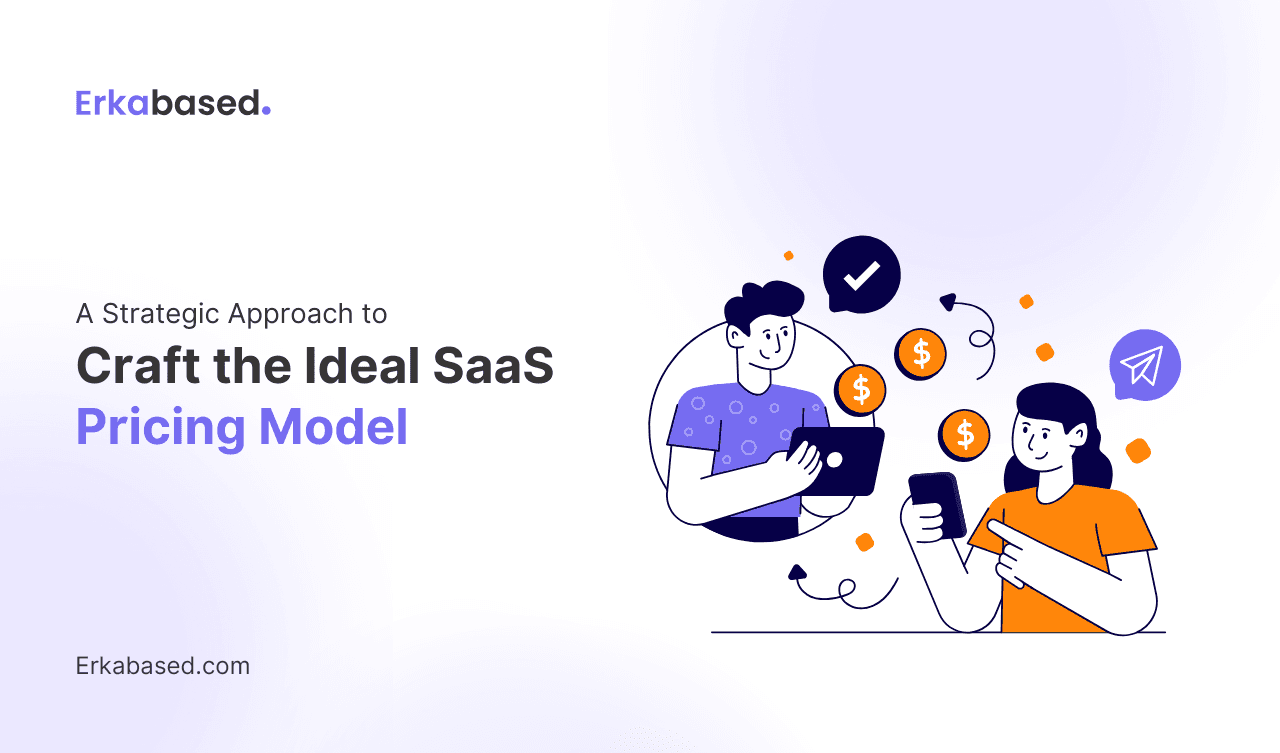Introduction
When embarking on a new business project, one of the most crucial decisions you’ll face is selecting the right technology stack. The technology stack is the backbone of any software development project, influencing how your solution will be built, how it performs, and how scalable and maintainable it will be in the long term. For startups and established companies alike, this decision can have a direct impact on the success of their digital products.
However, with a wide array of tools, frameworks, and platforms available today, choosing the appropriate stack can feel overwhelming. Should you opt for proven legacy technologies or embrace modern, cutting-edge frameworks? How do you ensure your choice aligns with your business goals and budget?
In this guide, we’ll walk you through the essential factors to consider when choosing a technology stack, explain how your business goals should shape your decisions, and outline how the right technology stack can enhance your project’s success.
What is a Technology Stack?
A technology stack refers to the combination of programming languages, frameworks, libraries, and tools used to develop and run software applications. It consists of two main components:
- Front-End (Client-Side): The part of the application that users interact with directly. It includes technologies used for creating the user interface and experience, such as HTML, CSS, and JavaScript frameworks like React, Vue.js, or Angular.
- Back-End (Server-Side): The part of the application that works behind the scenes. It includes the server, database, and application logic that manage data processing, user authentication, and more. Popular back-end technologies include Node.js, Python, Ruby on Rails, and PHP, with databases such as MySQL, PostgreSQL, and MongoDB.
Together, these components form the foundation on which your application operates, impacting its performance, scalability, and development time.
Factors to Consider When Choosing a Technology Stack
Selecting the right technology stack for your business project involves careful consideration of several factors. The following key aspects will guide you toward making an informed choice:
Project Requirements and Business Goals
The first and most critical factor to consider is your project’s specific requirements and your overall business goals. Each business project has unique needs, and the technology stack you choose should align with these.
- Type of Product: Are you building a simple website, a complex web application, a mobile app, or an enterprise-level system? Different types of products require different levels of complexity, performance, and security.
- Target Audience: If you are developing a consumer-facing product, you may prioritize technologies that support fast load times and an exceptional user experience. For business-to-business (B2B) applications, security and integration capabilities might take precedence.
- Scalability Needs: Consider the growth potential of your business. Will your project need to handle a large user base in the future? If scalability is important, choose a stack that can easily accommodate increased demand without major overhauls.
Development Speed and Time-to-Market
In many cases, the speed at which you can bring your product to market is a major competitive advantage. Certain technology stacks allow for faster development cycles, thanks to pre-built components, easy-to-use frameworks, or extensive community support.
- Frameworks and Libraries: Some frameworks, such as Ruby on Rails, are designed to help developers build applications quickly due to their convention-over-configuration principles. If time-to-market is a critical factor, consider frameworks that provide rapid development without sacrificing quality.
- Developer Experience: The expertise of your development team also plays a significant role. Choosing technologies that your team is already familiar with can accelerate development and reduce the learning curve. This helps to avoid delays and ensures that best practices are followed from the start.
Scalability and Performance
As your business grows, so will your application’s demands. The technology stack you choose should be able to scale effectively to accommodate an increasing number of users, higher traffic, and more complex features.
- Horizontal vs. Vertical Scaling: Horizontal scaling refers to adding more machines to handle traffic, while vertical scaling involves upgrading the existing hardware. Different technology stacks are better suited for one type of scaling over the other. For example, Node.js is well-suited for horizontal scaling, making it a good choice for projects that anticipate heavy traffic.
- Performance: Some technology stacks perform better in specific use cases. For instance, if your application requires real-time capabilities (such as live chats or gaming), you might opt for technologies like Node.js, which excels in handling asynchronous operations.
Security Considerations
In today’s world of data breaches and cyber threats, security is paramount. Choosing a technology stack with strong security features can help protect your application and its users from vulnerabilities.
- Security Best Practices: Ensure that the stack you choose supports robust security practices. For example, many frameworks come with built-in security features, such as protection against SQL injection, cross-site scripting (XSS), and cross-site request forgery (CSRF).
- Compliance: If your business operates in a highly regulated industry (such as finance, healthcare, or e-commerce), your technology stack should be capable of meeting specific compliance standards, such as GDPR or PCI-DSS. The right stack can simplify compliance, making it easier to meet industry requirements.
Community Support and Ecosystem
A strong and active developer community can significantly improve the success of your project. Technologies with large communities tend to have better documentation, more pre-built components, and faster updates. This can streamline development and troubleshooting.
- Framework Popularity: Opting for widely adopted frameworks like React, Angular, or Django ensures that you have access to a broad range of resources, including tutorials, plugins, and expert advice.
- Third-Party Integrations: Many modern projects require integration with third-party services, such as payment gateways, customer relationship management (CRM) systems, or marketing automation platforms. Choose a technology stack that supports easy integration with these services to avoid unnecessary custom development.
Long-Term Maintenance and Cost
Building a digital product isn’t a one-time effort. Over time, you’ll need to update, maintain, and potentially expand your application. The long-term viability of the technology stack should be a consideration in your decision-making process.
- Developer Availability: Technologies that are in demand tend to have a larger pool of developers available, making it easier to scale your team as your project grows. For example, stacks like MEAN (MongoDB, Express, Angular, Node.js) are popular choices for full-stack development because of the widespread availability of developers.
- Maintenance Costs: Some technology stacks come with higher maintenance costs due to their complexity or licensing requirements. Consider open-source technologies that offer flexibility without the ongoing expense of proprietary solutions.
- Longevity: Choose technologies that are likely to remain relevant and supported for the foreseeable future. While cutting-edge frameworks may be attractive, there is always a risk they could become obsolete, leaving your project unsupported. Established technologies often have a proven track record of stability and ongoing development.
Popular Technology Stacks for Web and Mobile Development
Let’s take a closer look at some popular technology stacks used by businesses today for both web and mobile development:
LAMP Stack (Linux, Apache, MySQL, PHP)
The LAMP stack has been a long-standing choice for web development due to its stability and ease of use. It’s an excellent option for building dynamic websites and applications with a proven record of scalability.
- Advantages: Cost-effective, large developer community, robust security features.
- Use Case: Ideal for content-heavy websites or applications where reliability and stability are top priorities.
MEAN Stack (MongoDB, Express, Angular, Node.js)
MEAN is a popular stack for full-stack JavaScript development, enabling developers to use JavaScript for both front-end and back-end development. It offers a modern, scalable approach to building web applications.
- Advantages: Single language for front and back-end, highly scalable, fast development cycle.
- Use Case: Suitable for real-time applications and dynamic, high-traffic web platforms.
MERN Stack (MongoDB, Express, React, Node.js)
Similar to MEAN, the MERN stack replaces Angular with React, a popular JavaScript library for building user interfaces. This combination is particularly effective for building dynamic single-page applications (SPAs).
- Advantages: Excellent performance, active community support, flexibility in building responsive interfaces.
- Use Case: Ideal for building interactive web applications and SPAs that require high responsiveness and a rich user experience.
Ruby on Rails
Ruby on Rails is known for its ability to accelerate the development process. It’s a powerful framework used by companies that need to develop applications quickly without sacrificing quality.
- Advantages: Convention over configuration, easy to maintain, large collection of pre-built plugins.
- Use Case: Ideal for startups or businesses looking to launch an MVP quickly while maintaining flexibility for future development.
Conclusion
Choosing the right technology stack is critical to the success of your business project. It affects not only the performance, scalability, and security of your application but also the speed of development and your long-term costs. A carefully considered choice, aligned with your business goals, can lead to a more efficient development process, better user experiences, and easier scalability in the future.
At Erkabased, we understand that every business has unique needs, and there is no one-size-fits-all solution when it comes to technology stacks. Our team of experts is here to guide you through the process, helping you choose the perfect stack to match your project’s objectives. Whether you’re building a web application, mobile app, or enterprise system, contact Erkabased today to discuss how we can partner with you to bring your vision to life with the right technology.



